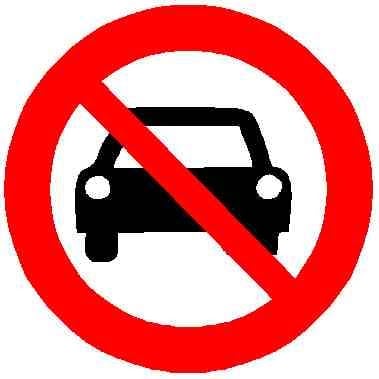

Thanks!


Thanks!


Thank you!


I’m just thinking from perspective of type of offence. In Canada you can park in the middle of the road and that’s a non-criminal offence. You’re getting a fine if someone is bothered to write you up. Purposefully keying a vehicle on the other hand is vandalism, which is a criminal offence. If you get caught, you’d get a record and potentially worse than a fine. It’s a different level of punishment.


Imagine I’m an idiot, do you have a link or description for where to find those? I looked for them some time ago and found nothing. 🥹


Where do you get installation media for Windows LTSC?


I suppose keying them is a criminal offence?


Today they’re smashing it at the rate of installation per year.
I never implied anything about the US.
So not trolling, alright. Sounds to me like you consider them competent in what they did well while not subtracting what they didn’t. Let me contrast the Russian government with something that to me looks much more competent - the Chinese government.


Richard Wolff’s Understanding Marxism any good?


They just keep running into faces.
You call competent a government that pulled the “special military operation” and led hundreds of thousands of its people into death for not much of anything? You must be trolling.


OK, so people can use the definition instead. In fact it might be more useful.


This is beautiful! It’s like a textbook example for everyone paying attention to draw crisp conclusions for how the system works.


LMAO


Are you telling me the hullabaloo wasn’t about antisemitism per se?


Honestly I don’t know what’s up with the mass delusion about Bluesky being oligarch-free. It’s understandable that most don’t know or haven’t looked into it, but then some folks that should know better are displaying the same ignorance.


Yup, from the first availability till today, no shenanigans.
I wonder how these moves to Singapore affect the actual structure of these companies. Can they brand PRC-made products as Made in Singapore? I know the article said they’re looking into Indonesian production but I’m curious whether the actual company ownership changes or whether it remains Hong Kong/PRC.